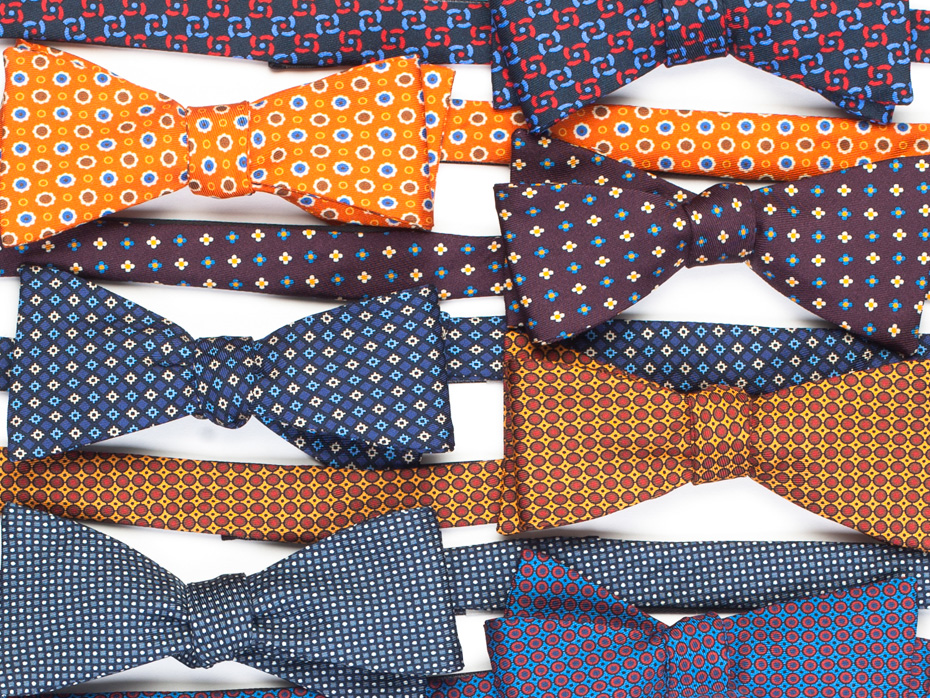Indispensable detail for black and white tie dress code, the bowtie puts aside tuxedos and frac and seduces new looks and occasions. Casual, classic, and a little bit vintage. Recently even most influential style icons have been rocking the bowtie, showing that you don’t have to be Dorian Gray to pull off it. It is a stylish detail and can save your look and amp up your attractiveness in a few minute.
HISTORY
The bowtie originated during the Prussian wars in 17th century when the Croatian mercenaries used a scarf around the neck to hold together the opening of their shirts. The Frenchmen fell soon in love with that accessory and started to called it cravat that means “Croat”. It is uncertain whether the cravat then evolved into the bowtie and necktie, or whether the cravat gave rise to the bowtie, which in turn led to the necktie.
Wearing a bowtie is a statement maker and the list of notable bowtie wearers includes many politicians such as President Franklin Roosevelt and Sir Winston Churchill, or charming actors like Humphrey Bogart and Frank Sinatra. Fortunately nowadays the bowtie is still part of daily male wardrobe, and takes part to the most important catwalks, becoming a stylish and eccentric detail of the new Hollywood.
TYPES
bowties may be made of any fabric material, but most are made from silk, cotton, or a mixture of fabrics. Wool is much less common for bowties than for ordinary four-in-hand neckties, but works great on casual smart looks.
Designers from all over the world have created various (and extravagant) bowties of different shapes and fabrics, but the most worn still remain the traditional styles: the classic and the diamond point. The first, as everyone knows, has an essential design with an extra dose of refined elegance for just about any occasions. The diamond point is ideal for shorter men and also works well for peaked lapel tuxedos as the peak of the lapel and the diamond tip complement one another.

On lanieri.com you can also choose between two different sizes: the standard 5 cm, recommended for gentlemen with a collar size up to 41 cm (16- 16 ½”), and the wide 6 cm for collar size from 42 cm (17”).
LOOKS
Sometimes the most formal dress code requires a bowtie of a specific colour. The classic black tie dress code consists of a black tuxedo, white dress shirt, black bowtie, and black dress shoes. If you want to wear a tailcoat the bowtie has to be made of white piquet, matching the waistcoat.
In addition to these special looks, the bowtie is becoming more and more ironic and easy, perfect for example with sports jackets or sweaters. An extremely versatile accessory that can be worn on both formal and casual occasions, day or evening, and is perfect with either single or double-breasted jackets.
TYING
Ready-tied bowties are available, in which the distinctive bow is sewn and a band goes around the neck and clips to secure. The traditional bowtie, consisting of a strip of cloth which the wearer has to tie by hand, may be known as a “self-tie”, “tie-it-yourself”, is the right choice for most refined looks.
Here is our step by step guide to learn how to tie your bowtie in 10 steps.
Remember, the width of a bowtie should not extend beyond the outer edge of your face and definitely not beyond the breadth of collars.



